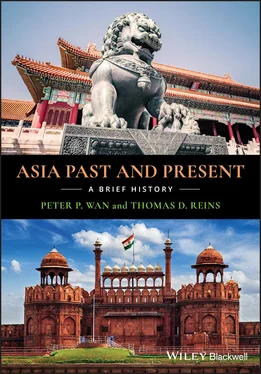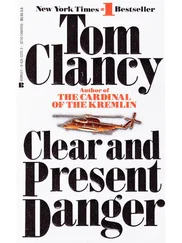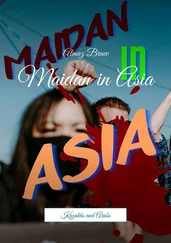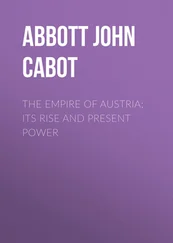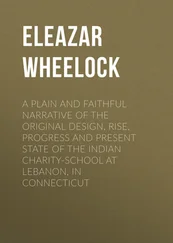While enhancing the powers of the civil government, he downgraded the status of the civil officials staffing it. High officials during the Tang Dynasty sat face‐to‐face with the emperor in chairs as they discussed matters of state. In the Song Dynasty, they were required to stand before him. By the Ming Dynasty, ministers must kneel before the emperor, and by the Qing Dynasty, they must kneel and cast their eyes down to the floor or run the risk of losing their heads.
The above measures weakened the potential challenges coming from the military, the old aristocratic families, and even the new crop of civil officials. They enabled early Song to run an efficient government staffed with scholar‐officials, firmly secure control over China Proper, and reduce taxes. The resulting social stability led to a surge in population growth and an outburst of economic energy.
Agriculture thrived in South China. The natural conditions there were ideal for growing crops: higher temperatures, greater rainfall, rich soil, and vast networks of rivers. The government also made unprecedented efforts to encourage agricultural growth. Government and private individuals used the newly improved methods of printing to compile, print, and circulate instructional manuals for agricultural. The focus was on “intensive cultivation,” that is, to increase unit output by making greater investments of manpower and equipment. Farmers acquired new strains of crops, improved plowshares, and created more efficient mechanical irrigation devices. Rice was a staple food crop in the South. A superior strain of rice introduced from Vietnam thrived. Per‐unit yield kept rising while new lands were brought under cultivation. A big jump in rice harvests gave a big boost to the entire economy.
Manufacturing reached amazing heights. The rich wore silk and the poor wore flax before the cotton revolution occurred, and the production of silk was the pillar of the textile industry. The government owned and operated silk textile plants that had hundreds of looms and thousands of workers. The best of them would have sophisticated machinery powered by water.
Song iron plants had learned to use wood bellows to pump pressured air into a coal‐burning furnace to produce the intense heat required to make an iron of superior quality. This new technology encouraged people to build more and more iron mines, smelting furnaces, and casting plants. The production of porcelain was another major industry. It was used to make both household utensils and artistic objects, and it was an important export commodity. State and private porcelain kilns dotted the landscape across the country. The southeast city of Jingdezhen became famous for being China’s “porcelain capital,” and continues to hold that title today.
Zhang Zeduan (1085–1145) was a Song court painter, renowned for his paintings of cities, streets, bridges, and boats. His masterpiece, A Stroll along the River in Spring , is a scroll that measures 5.28 meters long, and depicts the city and suburbs of the Song capital Kaifeng in the spring. It has 684 persons, 96 animals, 122 rooms and buildings, 174 trees, 25 boats, 15 carts and wagons, and 8 sedans (these numbers vary by source). It is a detailed account of the great variety of commercial and recreational activities of the time. It set a precedent for later dynasties to commission artists to paint similar scrolls, often in exaggerated fashion to extol the peaceful and affluent life of the dynasty.
Paper was in great demand as a result of a flourishing printing and publishing industry backed by a highly developed paper‐making technology and the invention of movable‐type printing. Artisans set up workshops to produce directly for the market; private cottage industries were numerous.
The need to transport products to the market stimulated the shipping industry. The government ran many shipyards with an annual output of thousands of ships.
A commercial revolution was underway. Markets had already taken shape around the capital city back in the Tang Dynasty, but now they were popping up everywhere around large, medium, and even smaller cities and towns. The Song capital Kaifeng was a booming commercial center where a variety of markets attracted grains from the South, cattle and sheep from the North and the West, seafood from the coastal East, and silk, paper, books, and tea from the South. It also imported fans from Japan, writing ink from Korea, and spices from India. China had trade relations with over 50 countries in Europe, the Middle East, Southeast Asia, and Africa. It also attracted European Jewish immigrants, who mingled with the Han and Hui Chinese (Chinese Muslims) and gradually integrated into their larger populations.
At the time, traders in rice, tea, and salt were the most common. Merchants in precious metals and cotton fabrics were the richest. Restaurants, hotels, and inns were everywhere. Merchants had their guilds, which often had their own restaurants where the merchants met to socialize, exchange information, examine goods, and make deals. There were often performers of song and dance, call girls, and prostitutes in these places.
The commercial revolution expanded the volume of trade, which in turn created demand for a larger supply of currency. In early Song, the main form of currency was copper and iron coins, supplemented by silver ingots. By late Song, the supply of copper coins was falling dangerously behind demand. A group of big merchants sought and obtained government authorization to issue paper currency (1023). Song China became the world’s first country to use paper money, and it had the world’s largest volume of goods and currency in circulation. (Sweden was the first European country to issue paper money in 1661.) The government soon saw the benefits of having an exclusive right to issue paper currency, and established a monopoly to do so. But its insatiable appetite led to issuing paper money recklessly without any kind of backup reserve, causing runaway devaluation and inflation.
The Song government was in favor of overseas trade. The Silk Road overland to the west was disrupted by non‐Han nomadic tribes and states, so the Song government focused on vigorously developing a sea route of the Silk Road. It started at the port city of Quanzhou in southeast China, and followed a winding course to reach Southeast Asia, India, Persia, and the Arab countries, as well as Korea and Japan. Quanzhou was the largest port city in China or anywhere else in the world in its heyday. China’s major exports were silks, porcelain, tea, and metals, while its major imports were spices, medicines, furs, horses, glassware, ivory, coral, and precious stones. Eager to prevent the outflow of Chinese cash currency, the government ordered merchants to make payment for imports with silks and porcelains.
As foreign trade expanded, the government set up special agencies to tax and regulate it. Taxes collected on imports and exports became an important source of government revenue.
All major Chinese dynasties follow a similar pattern: They thrive under the first few emperors; then enter a period of stagnation and decline; then they make an effort to rejuvenate through reforms; and when the reforms fail, they head for final decline and fall. The Song Dynasty was no exception. It had adopted a policy of bloating the civil bureaucracy in an effort to maintain social stability. But the upkeep of such a big government was a serious drain on its resources, and it imposed a heavy burden on the peasants, artisans, and merchants. While it contributed to short‐term stability, it created the long‐term problem of polarizing society, the tensions from which would destabilize society.
To halt the decline of the dynasty, the emperor appointed Prime Minister Wang Anshi (1021–1086) to make institutional reforms in government (1069–1085). Wang devised an elaborate system of reforms with the traditional goal of “rich country, strong army.” One measure was to resurvey the land to compile a new land registry, and to recalculate taxes based on the new land registry. This would enable the government to make one’s taxes commensurate to one’s land holdings. This was fairer tax law, and it put more money into the government’s depleted coffers. But it hit big landowners who were accustomed to evading taxes with new taxes. Another measure of his gave the government power to regulate market prices. This reined in speculation, but hurt big merchants who were used to fleecing the buyers by manipulating market prices.
Читать дальше
